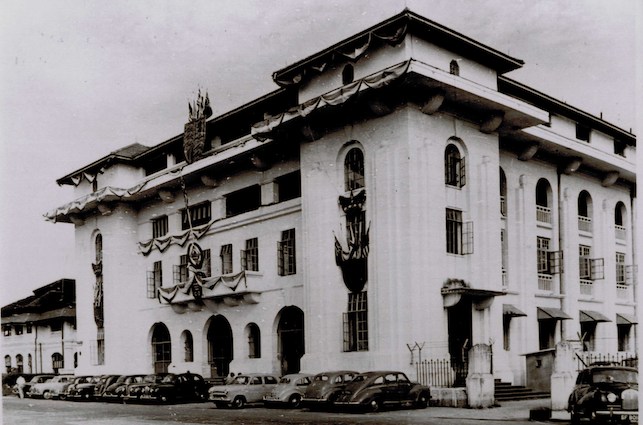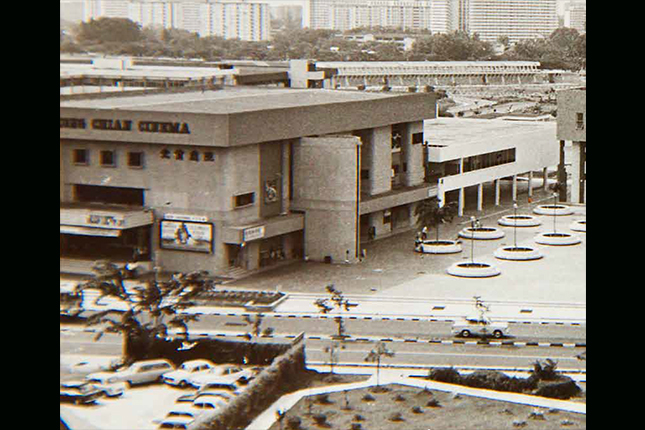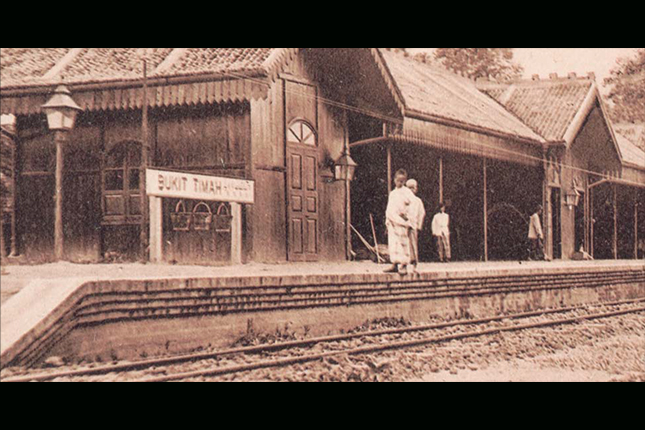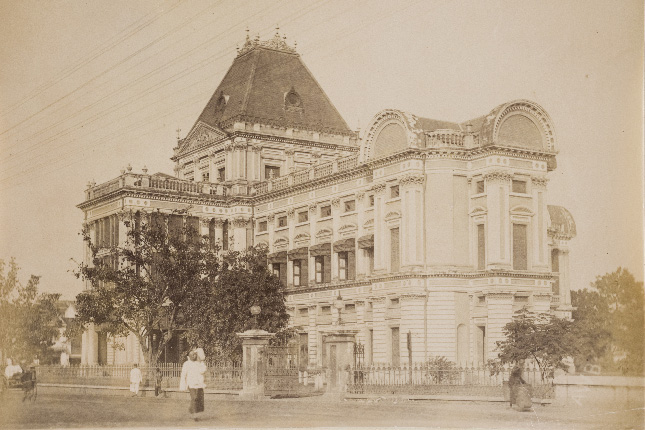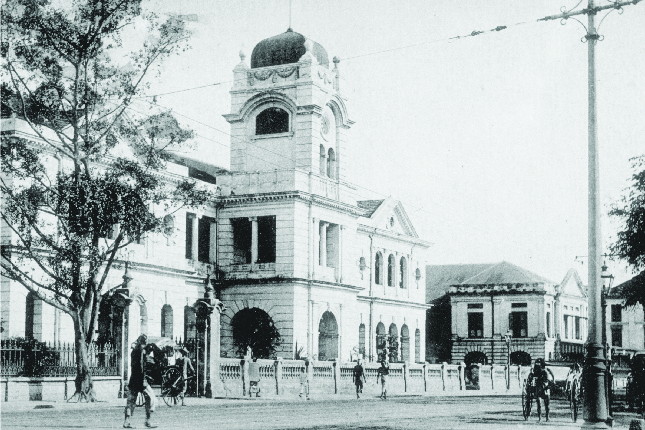Nicknamed the “hush hush house”, the opening of the Criminal Investigation Department (CID) Headquarters (formerly called Detective Branch Headquarters) in 1931 coincided with the completion of the Police Force’s reorganisation programme which had begun in 1927. Under the new set-up, the Detective Branch was divided into 12 sub-branches, each dealing with work of a clearly defined and specialised nature.
‘Scotland Yard’ of Singapore
Located in between Robinson Road and Cecil Street, the three-storey building became the base for the Force in battling increasingly sophisticated crimes. The carefully designed quarters, courtyards and recesses in the building allowed about 40 detectives, four European Inspectors, four Asiatic Inspectors, four Asiatic Sub-inspectors, and two Chief Inspectors to carry out their work away from public view and prying eyes. Inspectors were also able to leave the building for police raids and missions undetected by taking the steps from the quarters to their waiting vehicles obscured by a brick wall. The building housed state-of-the-art photographic studios, a criminal registry, and facilities for criminal detection. Hailed the ‘Scotland Yard’ of Malaya, the style of the building reinforced and represented police authority through its columns and corridors. Offices occupied the ground floor and on the upper floors were living quarters for the officers and their families. There was also a “crush” room on the ground floor where visitors waited to be called and an enclosed exercise room for prisoners adjacent to their cells.
Investigative Prowess
The central location of the CID building at Robinson Road allowed the police to crack down on secret society activities. Due to its proximity to Chinatown, many police raids were based out of the CID building as they conducted island-wide cleanup operations against these secret societies and their gang members.
In 1940, the Special Branch (known as the Internal Security Department today) moved into the CID building to “make for greater co-ordination in the prevention and detection of crime, and secret societies and subversive organisations.” While the Detective Branch was responsible for the investigation of all serious and undiscovered crime, the Special Branch was centred on work of a political nature.
Early History
The CID had its origins in the Detective Branch which was formed in 1864 by the Governor of the Straits Settlements from 1859 to 1867, William Orfeur Cavenagh. The newly born force comprised one officer and 10 plainclothes officers. The aim of the Detective Branch was to investigate violent activities carried out by secret societies that threatened public security. Secret societies were also responsible for rampant rioting, gang fights and abuse of new immigrants who were flocking to Singapore in great droves. In 1900, the Criminal Procedure Code was introduced to give police officers proper powers to summon witnesses and take statements while the fingerprinting system was established in 1903.
Post-War Developments
After the Japanese surrender in August 1945, the Malayan Security Service (MSS) – the forerunner of the post-war Special Branch – operated from the CID Building at Robinson Road. In 1948, the MSS was dissolved and replaced by the Special Branch which continued its operations from the same premises. Following separation from Malaysia, the Special Branch was renamed the Internal Security Department (ISD) in early 1966. ISD remained in the CID Building until it moved to Phoenix Park, Tanglin in 1976. In 1993, the CID moved their headquarters to Eu Tong Sen Street. The CID building was demolished for urban development. Today, the Capital Tower occupies the site where the CID headquarters stood.
Criminal Investigation Department (CID) Headquarters (demolished)
Places
